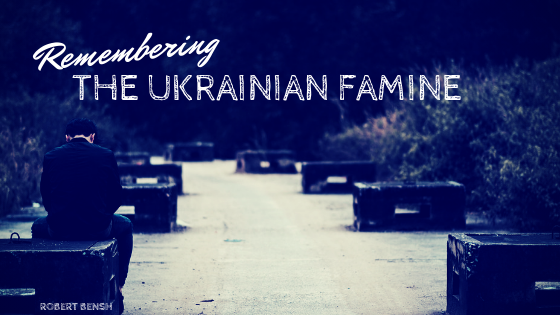In 1933 an event that would come to be known as the Great Famine killed between three and five million people in Ukraine. Now, Ukrainians unite each year on the fourth Saturday of November to light candles in memory of that trying time. “Holodomor,” or “Death by Hunger” is a not-so-gentle reminder of the perils associated with a non-independent country.
The famine began in 1932 in Kazakhstan and Southern Russia but quickly spread to Ukraine. Historians indicate it was caused by the “forced collectivization of farms.” Some even argue that the entire event was planned by Joseph Stalin, then head of the Soviet Union, as a response to Ukrainian pleas for independence.
The famine is sometimes referred to as a genocidal event, although historians are at odds as to whether this classification is accurate. Signs of the famine were present several years before it began claiming lives. The 1932 Soviet harvest yielded less than 60% of its 1931 yield.
Because Ukraine was the primary agricultural hub of the Soviet Union during the time, Stalin increased grain procurement quotas for the country by 44%. The increase was detrimental on its own but when coupled with the forced collectivization policies enacted in 1929, it was disastrous. Industrial collectivization laws dictated that farm members were unable to receive grain from their own farm unless grain quotas had been met. Thus farmers and peasants went hungry as they worked to produce enough to meet export goals.
Rural residents were impacted quickly but urban residents were granted rations at first.
Slowly, the rations were cut back as urban and rural Ukrainian residents watched the export of most of their yield. Fear was propagated between rural and urban residents by a series of videos being shown to urban workers. The videos portrayed rural farmers hiding extra food on the property so as not to starve, which angered the famished urban residents. Raids become commonplace in the country and any individual that neglected to look starving was often suspected of hoarding grain.
The scope and scale of the famine were unprecedented. At its peak, nearly 28,000 people were dying each day. The Soviet Union vehemently denied the famine for many years, making the actual deal toll difficult to calculate. Death certificates that should have read “starvation” under Cause of Death were falsified. In fact, public knowledge of the famine was negligible until the 1980s.
When the Soviet fell and Ukraine gained independence in 1991, many testimonies and public records offered insurmountable proof that Holodomor did in fact occur. More than two dozen nations recognize the event as genocide, and several others have focused their research on discovering exactly how it came to pass.
